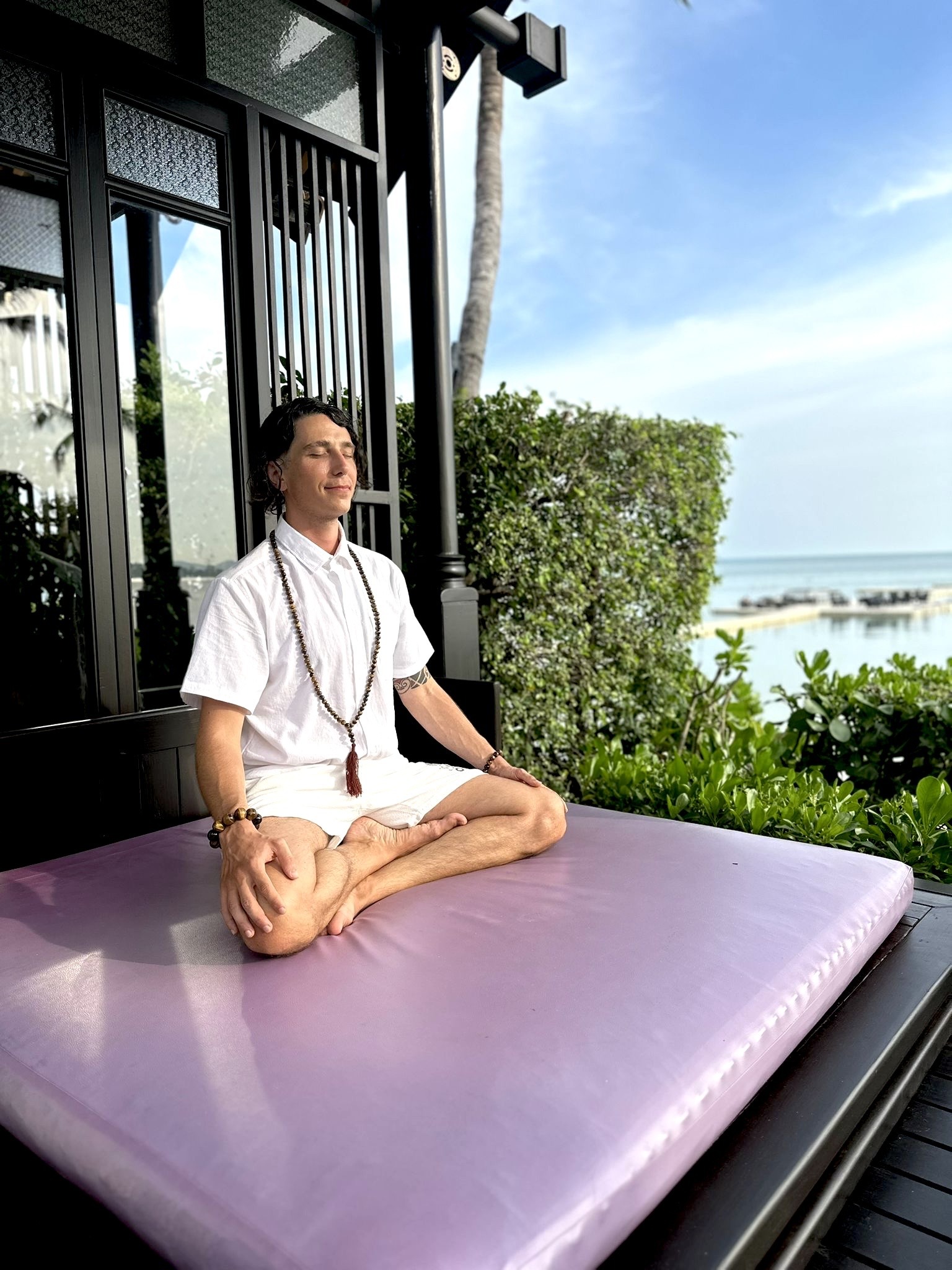Read Time: 5 minutes
Happiness and suffering are two sides of the same coin. When we realize this profound truth, the depth of our suffering changes; it loses its grip, and we become capable of touching joy even amidst pain. As Thich Nhat Hanh eloquently puts it, “The art of happiness is also the art of suffering well. When we learn to acknowledge, embrace, and understand our suffering, we suffer much less. Not only that, but we’re also able to go further and transform our suffering into understanding, compassion, and joy for ourselves and for others.”
Many of us search for happiness by attempting to sidestep or erase suffering, seeing it as a barrier to joy. But this approach only amplifies our pain, as Thich Nhat Hanh teaches, “Happiness does not exist in a vacuum — away from any kind of suffering.” The idea that there could be a world devoid of suffering is an illusion. There is no realm where only happiness exists without the presence of pain. Yet, this does not mean we should despair. *“Where there is suffering, there is happiness,”* he assures us.
Mindfulness-Based Stress Reduction (MBSR) courses that I teach focus precisely on this principle—learning to be with our suffering and stress, rather than resisting or ignoring it. This method, rooted in mindfulness, has proven itself to be highly successful in transforming stress into resilience and compassion. “If we focus exclusively on pursuing happiness, we may regard suffering as something to be ignored or resisted… But the art of happiness is also and at the same time the art of knowing how to suffer well.” Thich Nhat Hanh emphasizes. Through mindfulness, we learn to use suffering as an opportunity for growth, leading us to deeper insights and a more balanced life.
Suffering is not an enemy to be defeated but a teacher to be embraced. If we can perceive suffering with a new lens and engage with it, we move towards a fuller experience of life. Thich Nhat Hanh’s wisdom highlights this approach: “Some say that suffering is only an illusion or that to live wisely we have to ‘transcend’ both suffering and joy. I say the opposite. The way to suffer well and be happy is to stay in touch with what is actually going on.”
Let us practice being with our suffering, not as something separate or shameful but as an integral part of life. Through mindfulness, we discover that joy and pain are interconnected, and only by embracing both can we find true peace.
/Citation: “No Mud, No Lotus: The Art of Transforming Suffering” by Thich Nhat Hanh/




